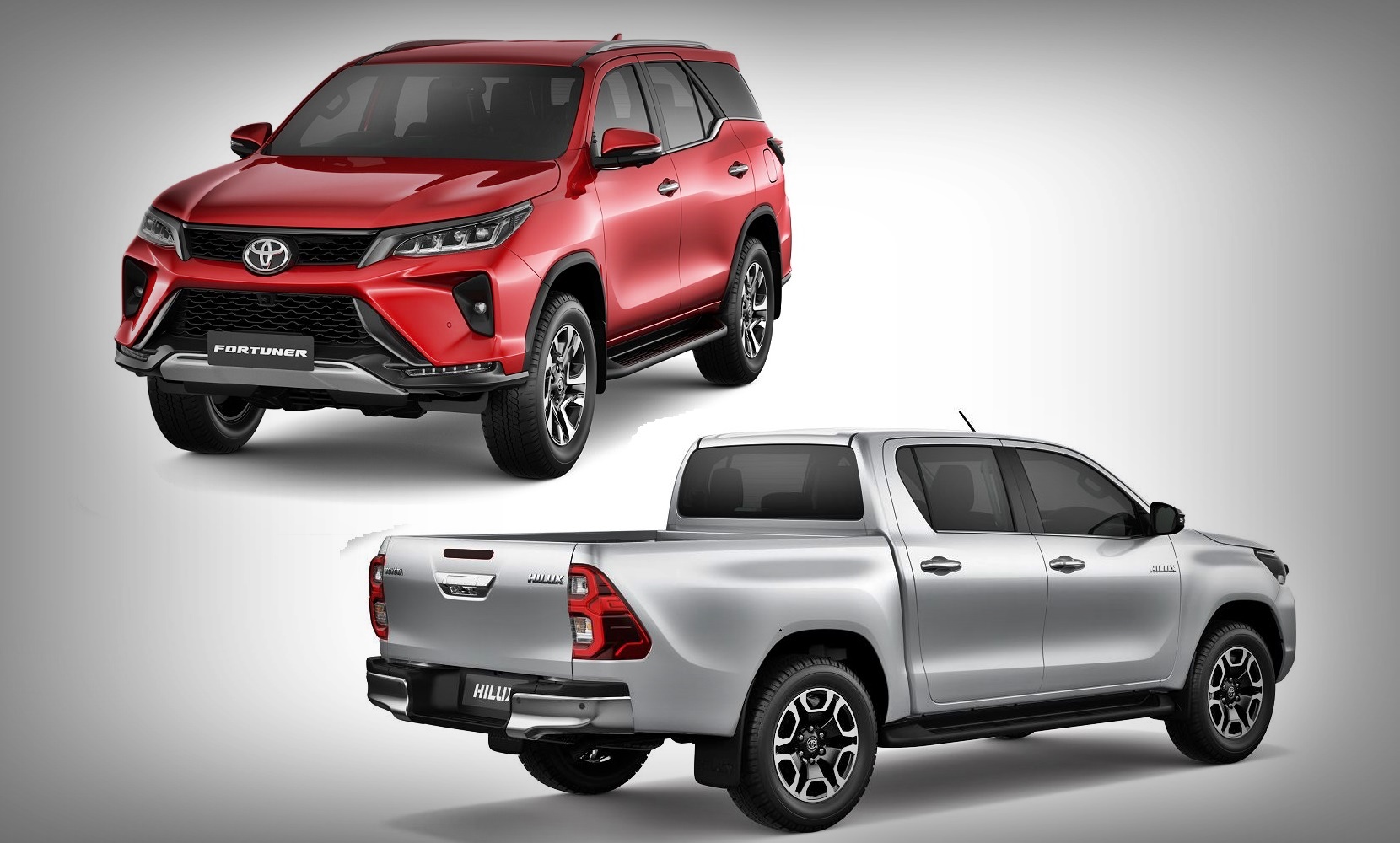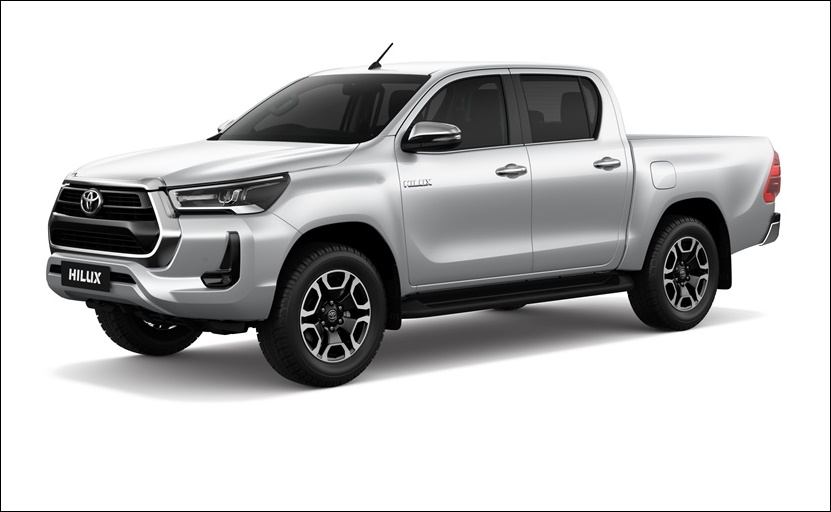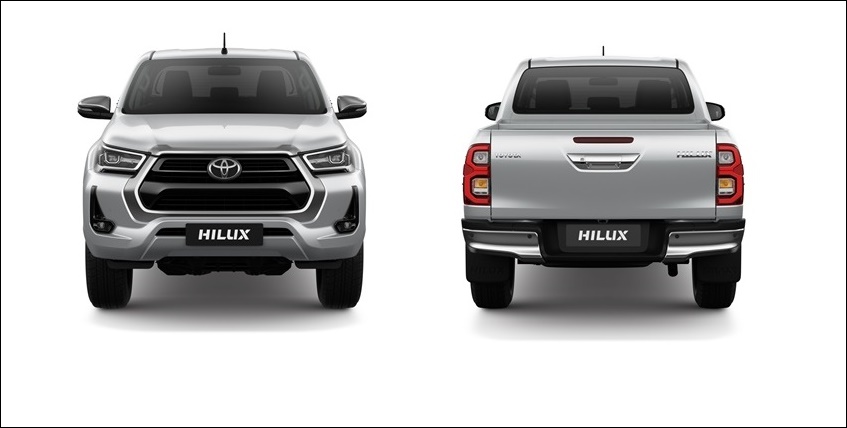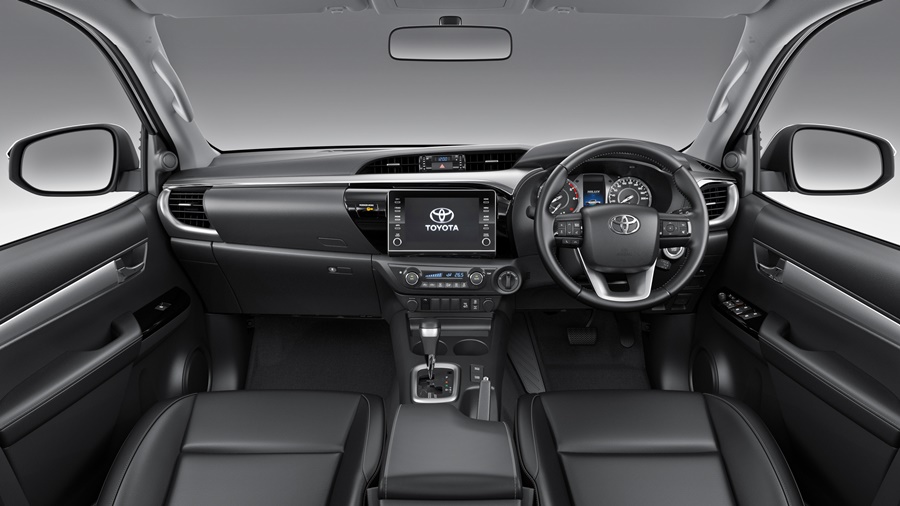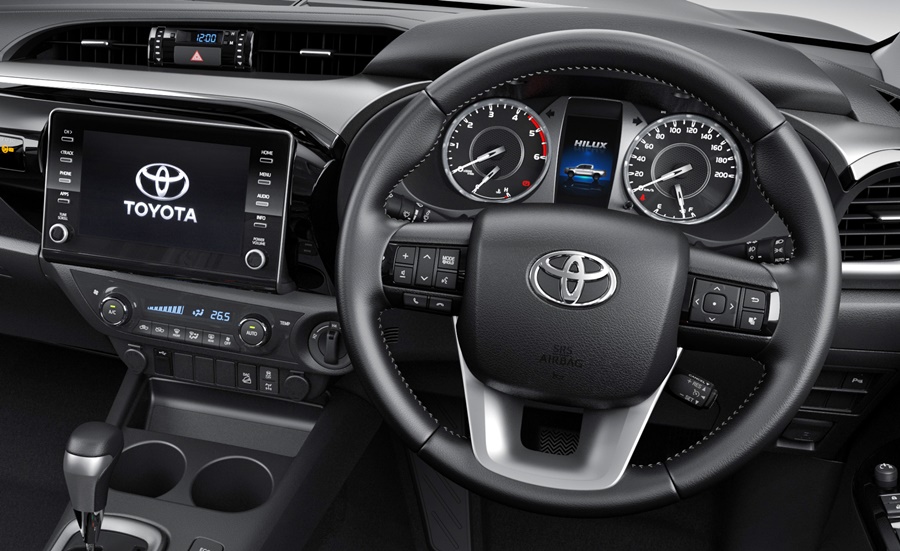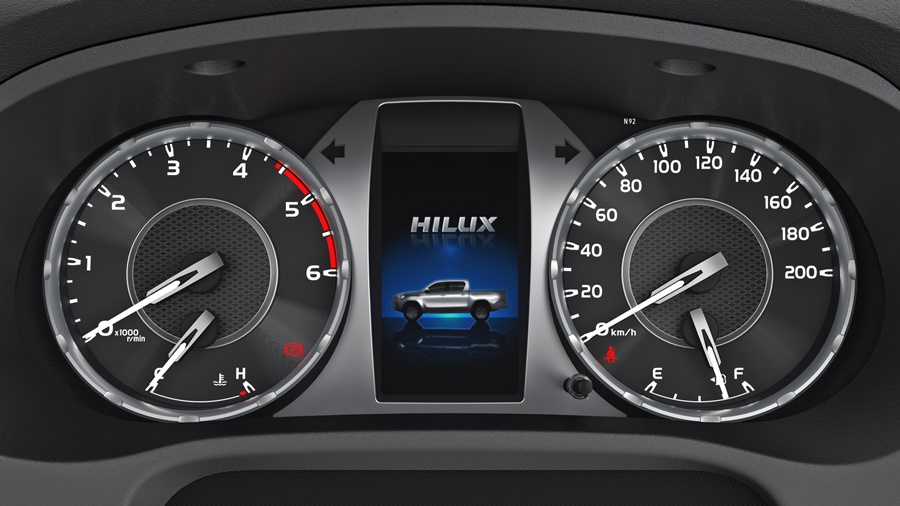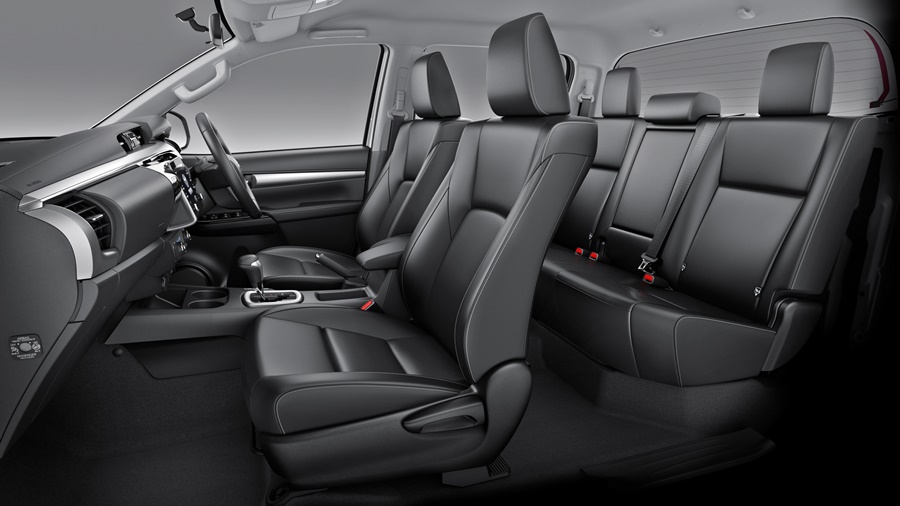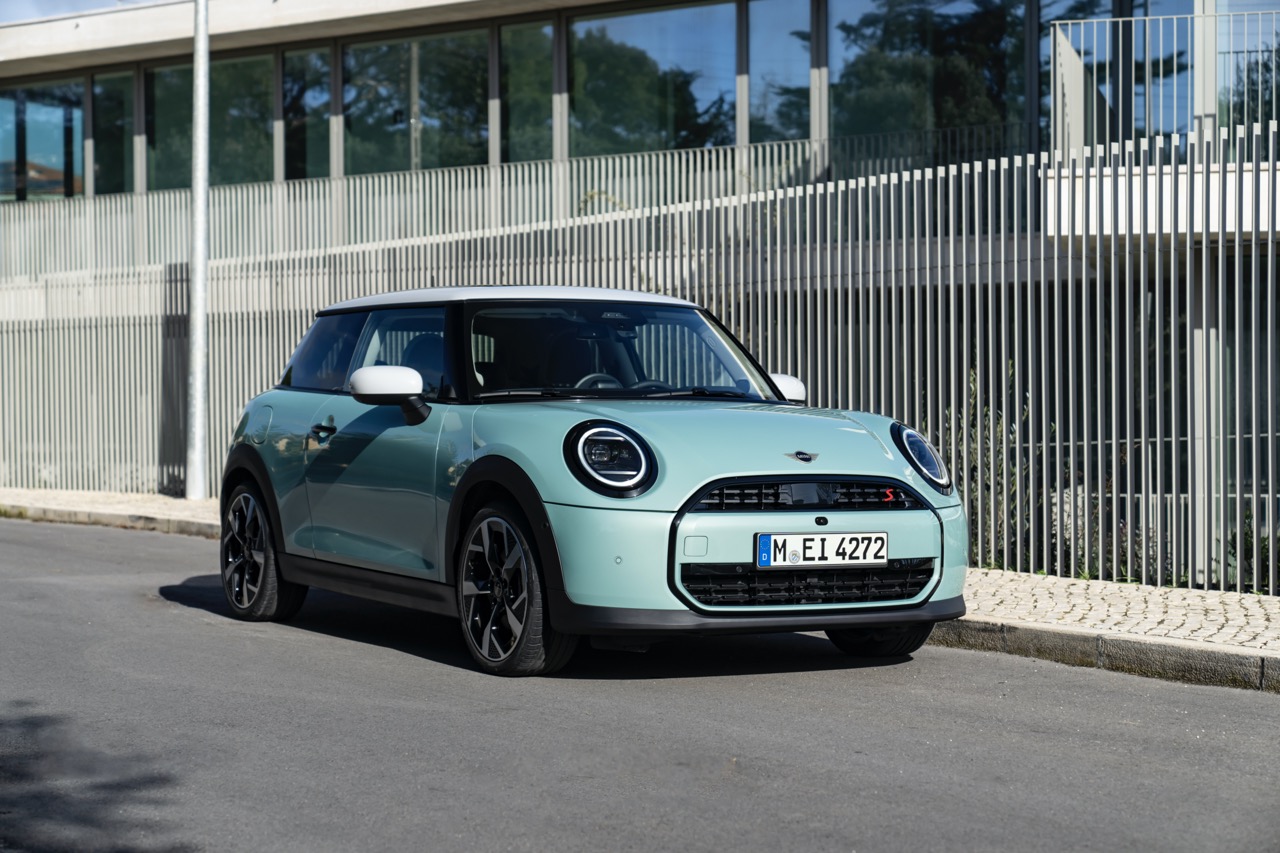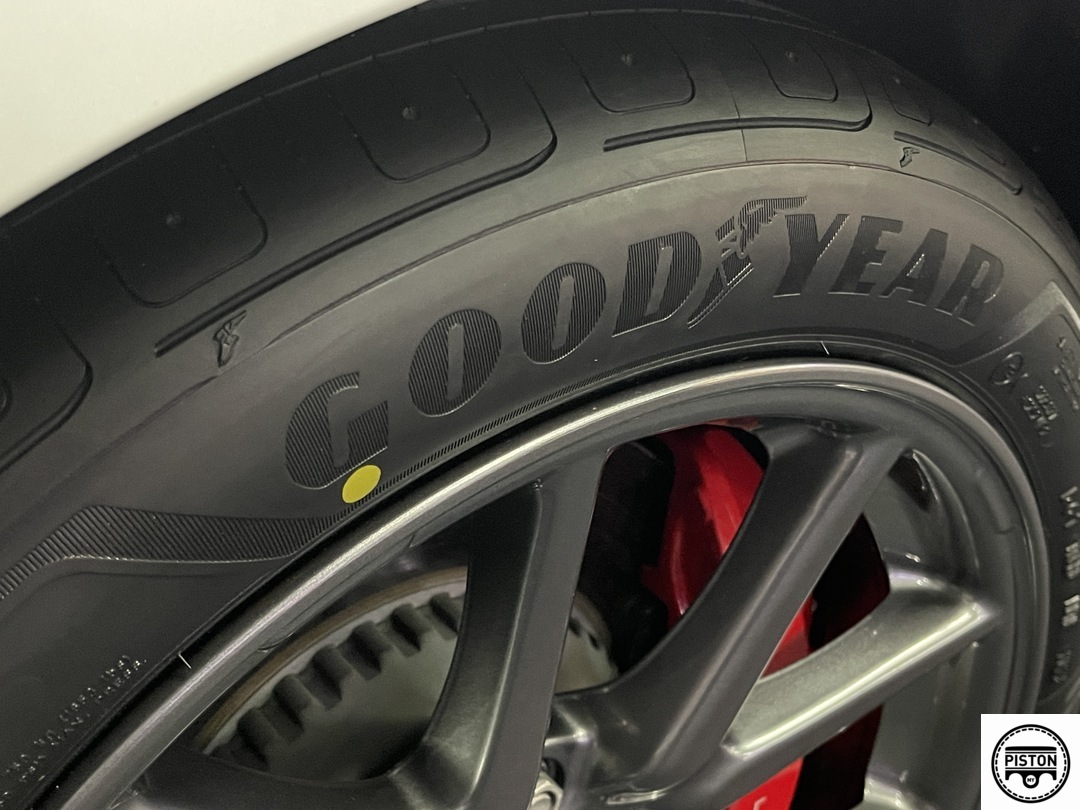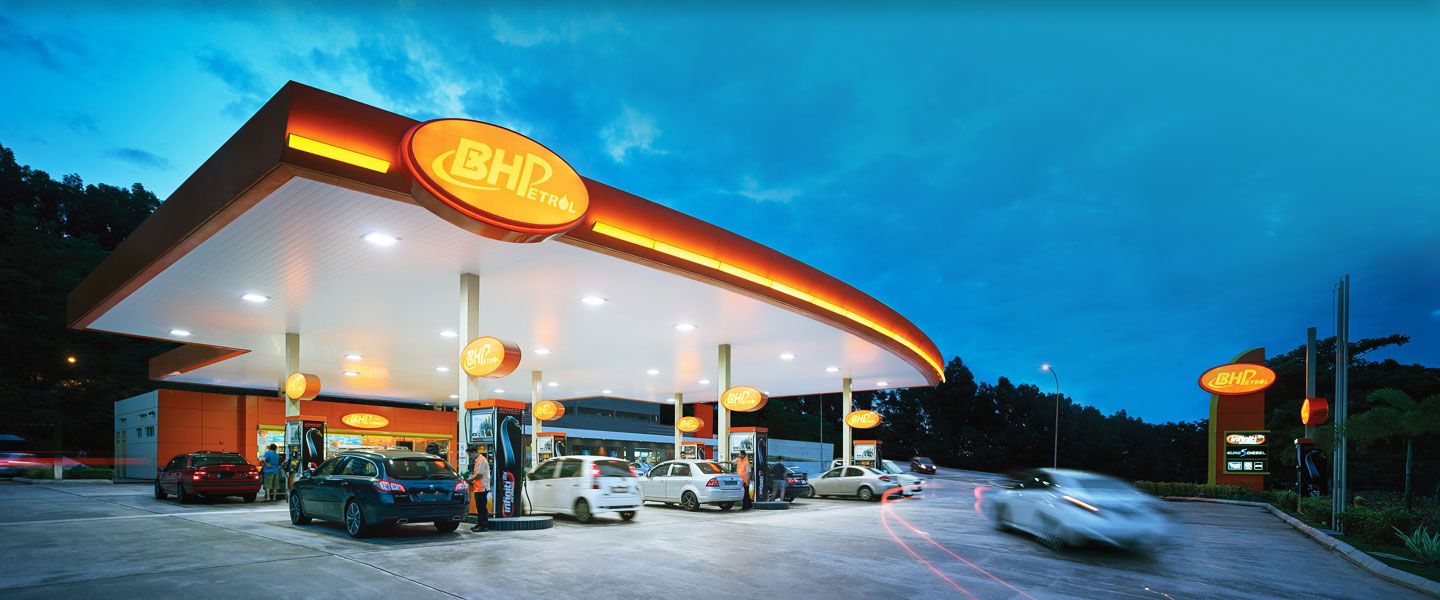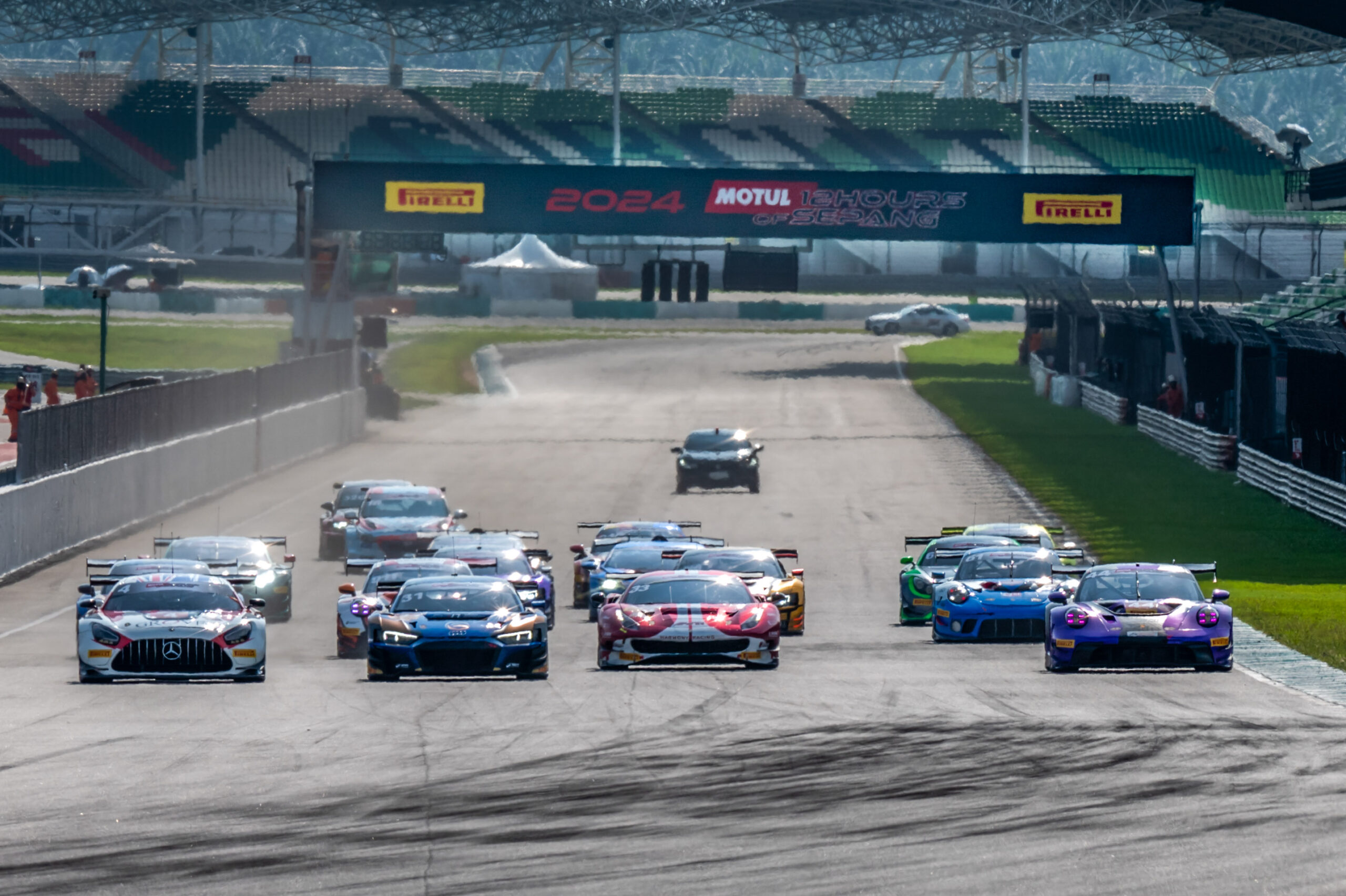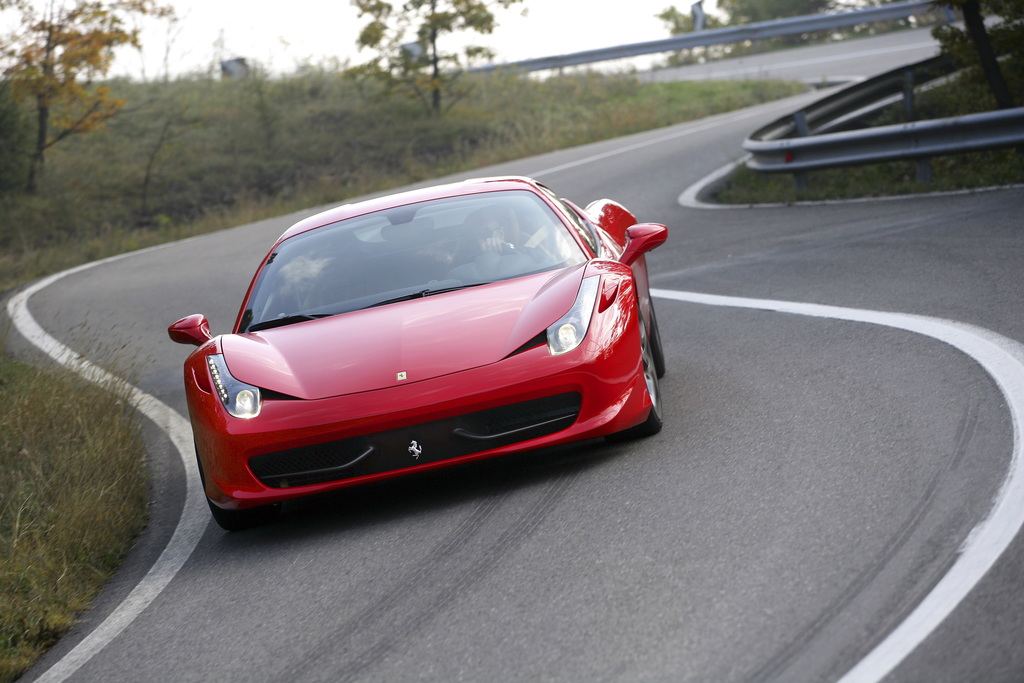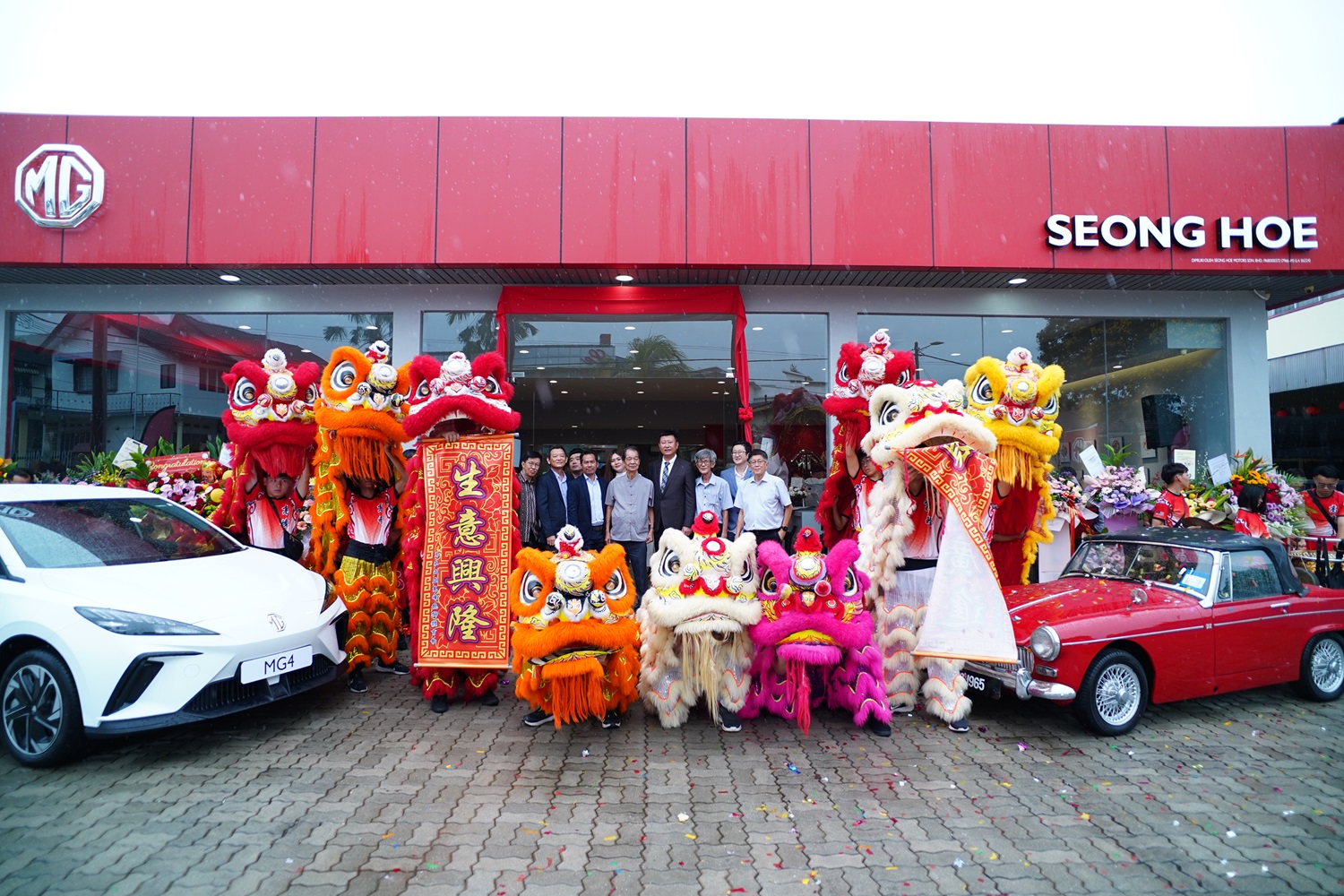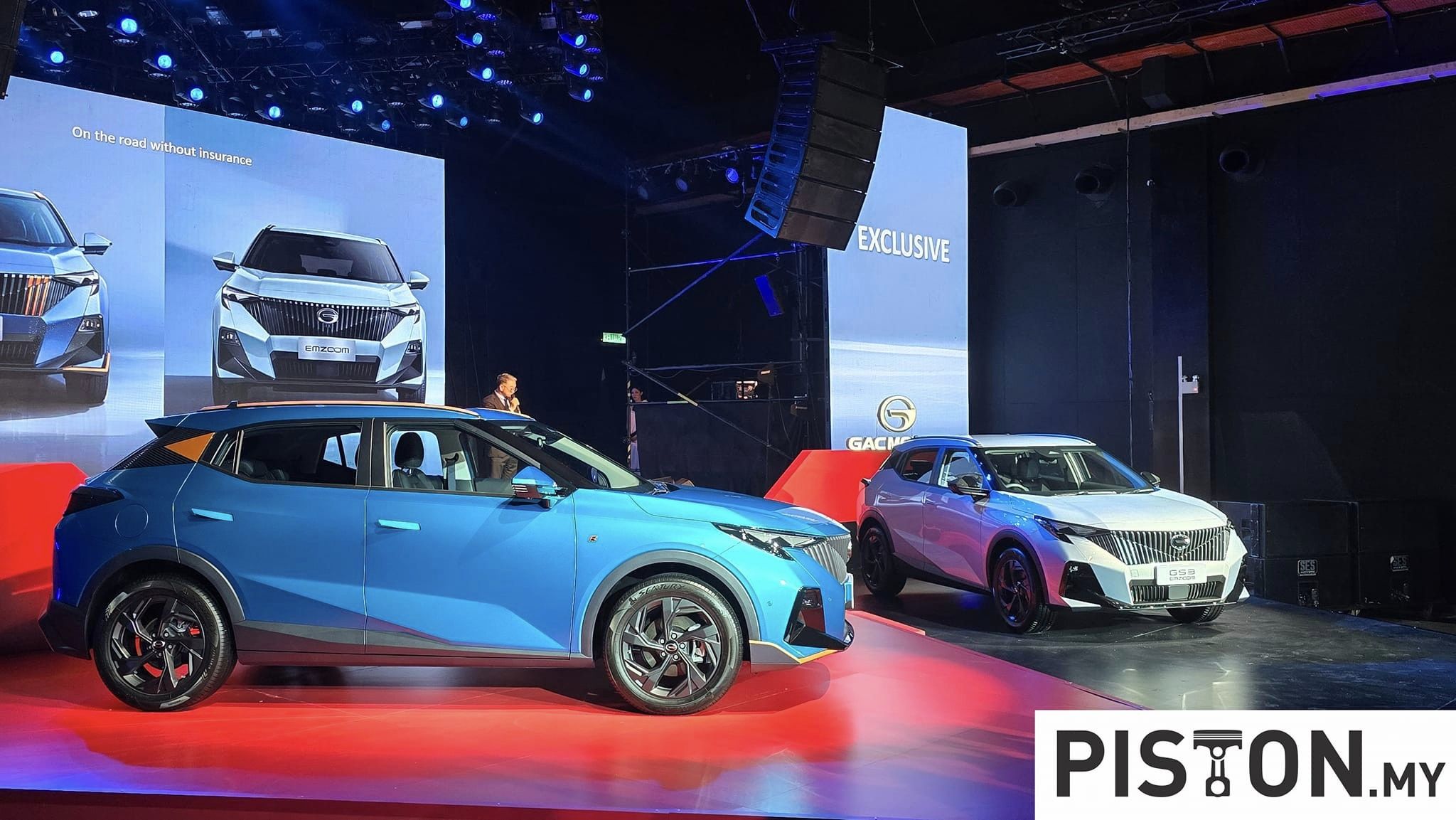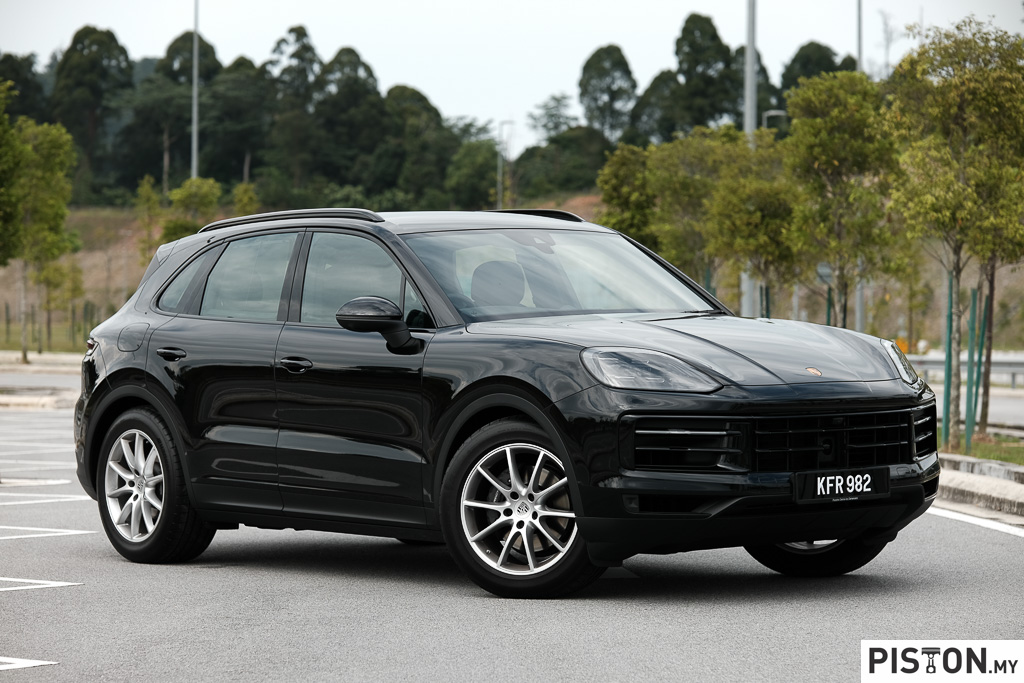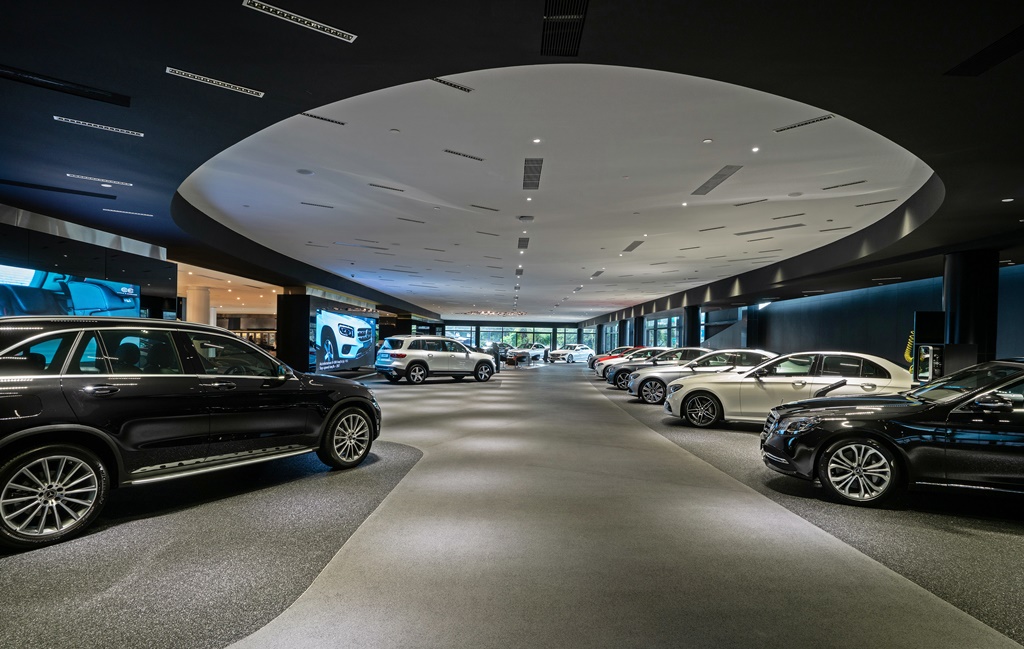As the decade of the 2000s began, Toyota started the IMV (Innovative international Multi-purpose Vehicle) program to develop a range of dual-purpose products that could be produced efficiently in large volumes at selected locations outside Japan. It was a bold venture, comparable to the development of the Lexus brand and products, as it transferred virtually all product development and manufacturing away from Japan.
The IMV program had 3 models – the Hilux, Fortuner and Innova – and they have all done well around the world in the markets they were targeted at. Two generations have been produced with the second generation which was introduced in 2015 now getting an upgrade at what is considered the midlife of the product cycle. That suggests that the cycle will be 10 years or so, which was the length of the previous generation.
The upgrades, announced for the Hilux and Fortuner, typically refresh the appearances while introducing multiple improvements to engine, driving and towing performance.
Improved engine
The most significant changes are under the skin where new and revised engine components result in noticeable gains to output with sizeable cuts to fuel consumption.
New and uprated components have resulted in an even more robust 2.8-litre 4-cylinder turbodiesel engine (1GD-FTV), enabling maximum power to rise to 201 bhp/500 Nm, While delivering impressive gains of 27 bhp and 50 Nm, additional measures including improved cooling have enabled fuel consumption to be reduced across the board, particularly in city driving where the improvement is said to be more than 17%.
The Hilux range retains the 2.4-litre turbodiesel and 2.7-litre petrol engines along with the choice of three transmissions, 4×2 and 4×4 drive. Suspension upgrades – including revised shock-absorber tuning, new bushings and improved leafspring design – improved ride comfort, particularly over rough roads and with low loads while maintaining the legendary off-road capabilities.
In the 4×4 models with downhill-assist control, an additional traction control feature when using 2WD mode reroutes torque to assist grip in muddy or grassy conditions on worksites.
Greater towing capability
Towing capacity for the automatic 4×4 Hilux has been upgraded to a maximum of 3500 kgs to match the manual versions. On 4×2 variants, all diesel automatics are now rated at 2800 kgs, an increase of up to 300 kgs. The upgraded Fortuner has a 300 kg increase in the maximum braked towing capacity which takes it to 3,100 kgs.
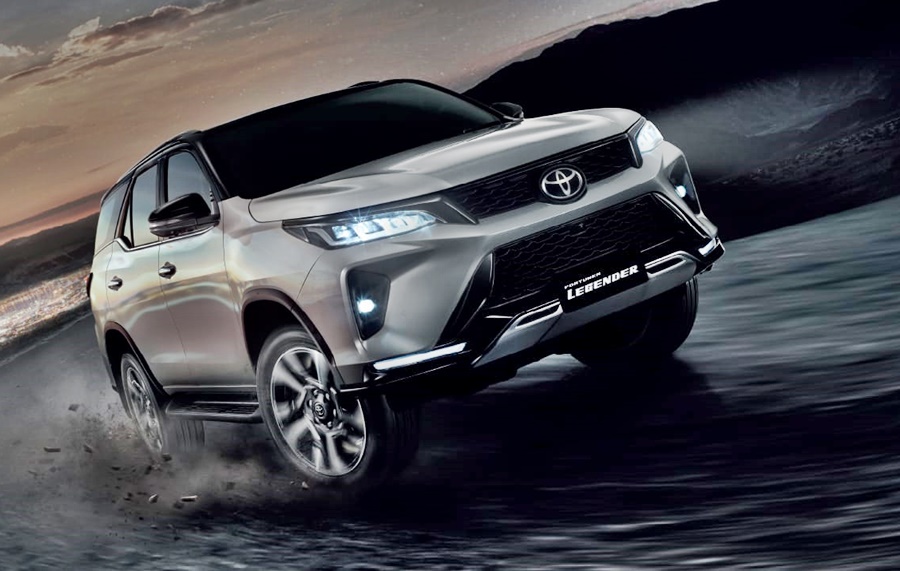
Refreshed looks
For the updated Fortuner, the cosmetic changes are a unique surround for the larger black grille, restyled bumpers with a ‘skid-plate design’ below the front bumper, more prominent foglamp bezels, and slimmer headlamps upgraded to LEDs. New LED taillight clusters are also available in some variants.
The refreshed exterior styling of the Hilux maintains the tough, robust on-road presence of the highly popular pick-up model, in keeping with the global Toyota truck family. It projects a stronger presence with a large trapezoidal grille that dominates the front design and incorporates more pronounced horizontal elements that deliver a wider, more planted look. The grille surrounds differ by variant while there are newly designed headlights which are smaller for a ‘meaner’ look. LED lighting systems are available on some variants.
Inside, both models have been upgraded with the adoption of an 8-inch display for the infotainment system which has enhanced voice recognition and the latest smartphone integration functions. These include including Apple CarPlay and Android Auto so smartphone apps can be accessed from the dashboard.
A 4.2-inch multi-information display in the instrument binnacle incorporates a digital speed readout, among other new functions.
While the primary production hub for the Hilux and Fortuner is at the Toyota factory in Thailand, it is also locally assembled in some countries, Malaysia being one of them. Under normal non-pandemic conditions, there would be some extra time needed before the new models are assembled due to sourcing and preparation of parts from local suppliers for the Malaysian models.
With the interruption by the months-long Movement Control Order that suspended virtually all activities, the schedules would have changed so it’s hard to say when these new models will be in showrooms.
Click here for other news and articles about Toyota.


